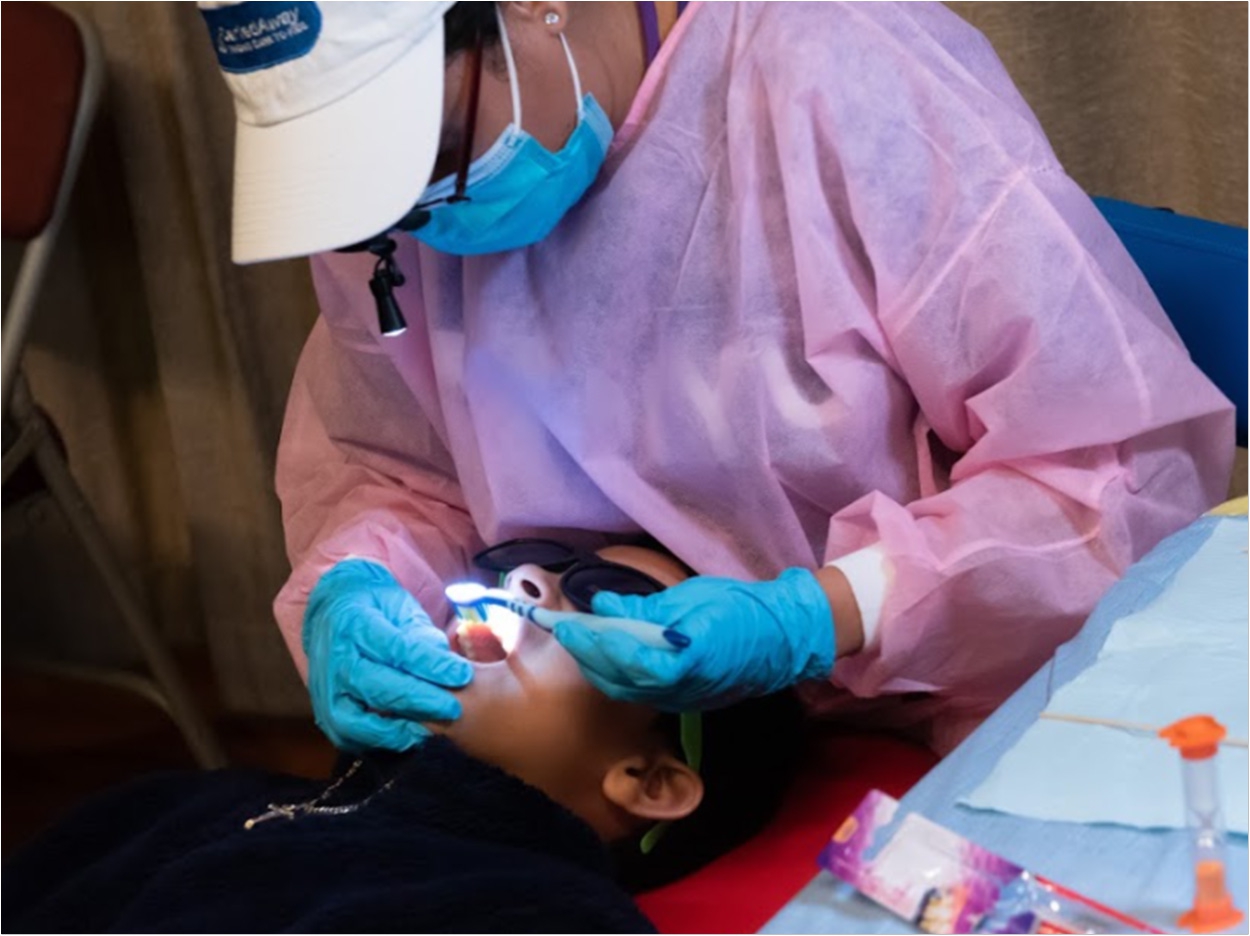
A school-based cavity prevention program involving nearly 7,000 elementary school students reduced cavities by more than 50%, according to researchers at the New York University (NYU) College of Dentistry.
“The widespread implementation of oral health programs in schools could increase the reach of traditional dental practices and improve children’s oral health, all while reducing health disparities and the cost of care,” said senior author Richard Niederman, DMD, professor and chair of the Department of Epidemiology & Health Promotion.
Dental cavities are the most common chronic disease in children, the researchers said, and one in five elementary school children has at least one untreated cavity. While cavities can be prevented with dental visits and good at-home oral hygiene, some families experience barriers to seeing a dentist, including cost and parents having to take time off of work.
“School-based cavity prevention programs eliminate these barriers by bringing basic dental care to children, rather than bringing children to care,” said Niederman.
The study was conducted in 33 public, high-need elementary schools in Massachusetts, where dental hygienists provided care to 6,927 children at no cost to families. Twice-yearly visits involved dental exams followed by cavity prevention and treatment, including fluoride varnish, sealants, and minimally invasive fillings to stabilize cavities without drilling.
Students also received oral hygiene instructions, toothbrushes, and fluoride toothpaste to take home. If more complex care was required, students were referred to local dentists. Notably, the researchers said, the procedures used do not create aerosols, limiting the risk of transmitting viruses through the air.
After six visits, the prevalence of untreated cavities decreased by more than 50%. In one group of schools, cavities were reduced from a baseline of 39% to 18%. In a second group, cavities decreased from 28% to 10%. The prevention program reduced cavities in both baby and permanent teeth.
“In 2010, the federal government set a goal of reducing the prevalence of cavities in children by 10% by 2020. Our study shows that this is not only feasible, but also that a comprehensive school-based program can reduce cavities by five times their goal,” said Niederman.
Recent economic analyses of school-based cavity prevention programs by researchers at NYU Dentistry, including one focusing on a Massachusetts program, demonstrate that they are cost-effective and could save federal dollars, the researchers said. National implementation of this school-based program could reduce Medicaid spending on children’s oral health by as much as one half, the researchers said.
The COVID-19 pandemic has interrupted most school-based dental care because of school closures and the fear of creating aerosols, the researchers said, even as oral healthcare in dental practices has safely resumed with additional infection control measures in place. The researchers stress the importance of safely continuing school-based care, given its ability to prevent cavities using aerosol-free procedures.
The study, “Longitudinal Caries Prevalence in a Comprehensive, Multicomponent, School-Based Prevention Program,” was published by JADA.
Related Articles
Pediatric Dentistry Faces the Ultimate Challenge in COVID-19
Seven Out of 10 Kids in England Skipped Dental Visits in 2020
Spread Awareness During National Children’s Dental Health Month and Beyond












